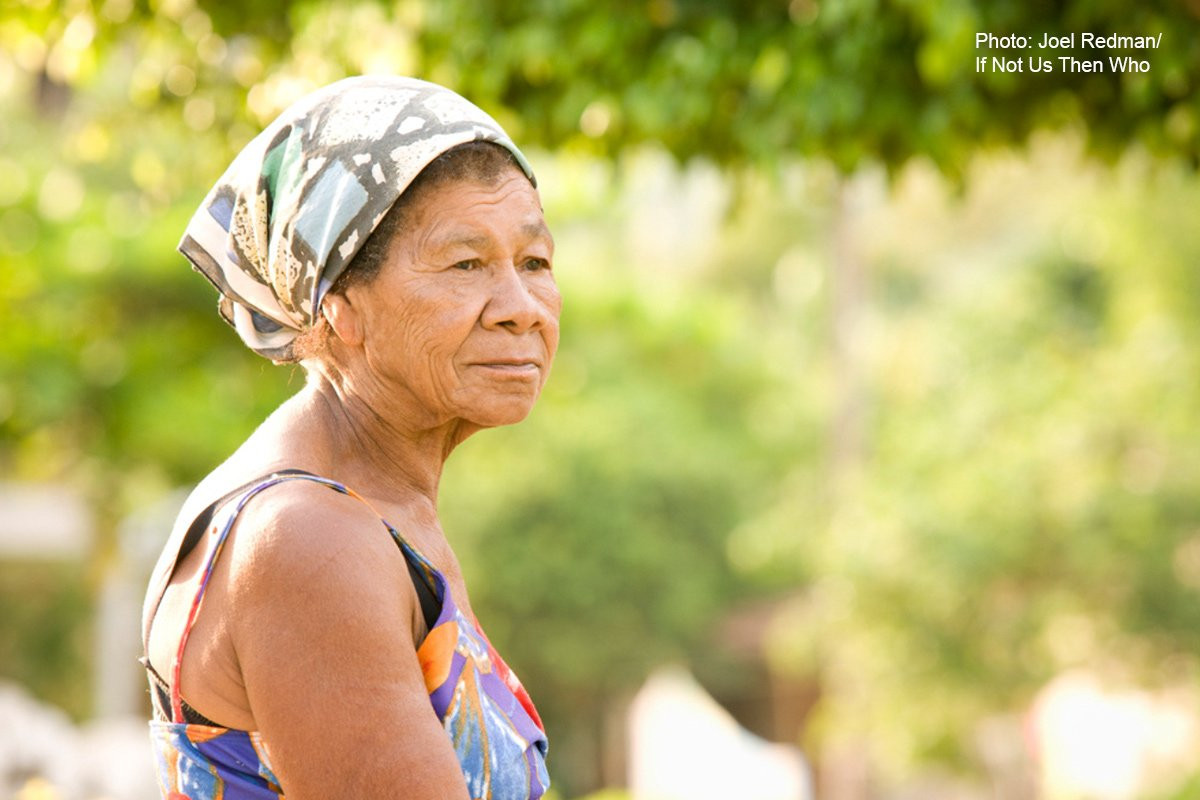Healing the Wounds of Slavery in Brazil

Brazil, the last country to abolish slavery in the world, just legally recognized the largest Afro-descendent community in the country.
Two weeks ago, I visited the Smithsonian Museum of African American History for the first time. After learning about the transatlantic slave trade in the Americas in high school and college, I thought I’d be walking into mostly charted territory. However, one fact struck me: only 4-6 percent of African captives came to what became the United States. The majority, about 4.5 million people, went to Brazil.
Just 24 hours before I walked into the museum, the Brazilian government legally titled 220,000 hectares of Amazon forest to an isolated community of descendants of enslaved people—the largest such territory in Brazil. This historic victory, which I had the fortune of helping promote last week, comes 130 years after slavery was abolished in the country.
The community of Cachoeira Porteira, one of more than 6,000 communities that were founded by runaway slaves (these communities are called quilombos in Brazil), had spent 23 years trying to obtain legal ownership of their land. According to government data, it is thought that only around 250 of the 6,000 communities have title deeds to their land.
“It is a story that has involved crying, remorse and attack by many who thought it was impossible,” stated Ivanildo Souza, head of the Quilombola Association of Cachoeira Porteira, to the Thomson Reuters Foundation.
The land title for this community comes just one month after Brazil’s Supreme Court rejected a lawsuit that sought to drastically limit the ability of quilombo residents to claim their traditional lands. Had it succeeded, the effort could have led to the dismantling of rights to quilombola territories that already had been recognized.
The Supreme Court decision—and the titling of Cachoeira Porteira—represent a bright spot in the current uphill battle that pits Brazil's powerful center-right government, which seeks to open up the Amazon for mining and other commercial interests, against indigenous and other rural communities that have laid claim to those carbon-rich forests for generations.
Earlier this month, I walked the halls of the Museum of African American History, surrounded by the stories of hardship and perseverance of some of America’s most renowned heroes. As I journeyed alongside Rosa Parks, Malcolm X, Martin Luther King, Jr., and the millions of enslaved Africans that came before them, I could not help but think of Ivanildo Souza and of the 500 inhabitants of Cachoeira Porteira.
Just as Rosa, Malcolm and Martin continue to inspire Americans fighting for racial equality in the United States, Ivanildo’s struggle and his community’s success serve as a beacon of hope for Brazil’s 16 million quilombolas who are seeking to help their country heal the terrible wound that slavery left behind.